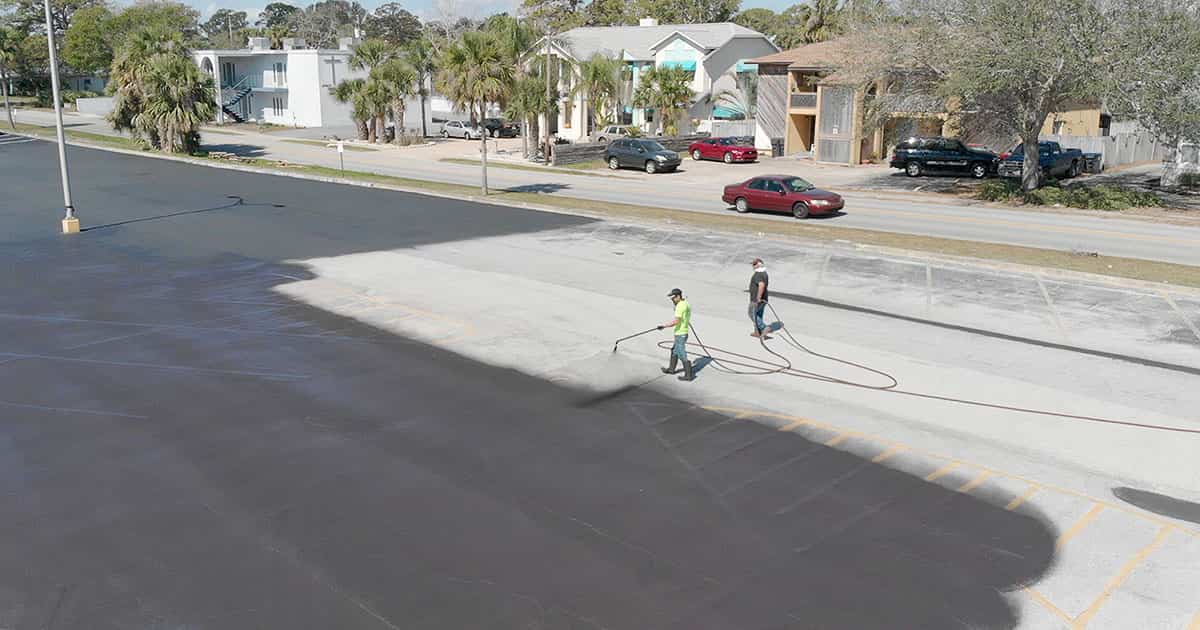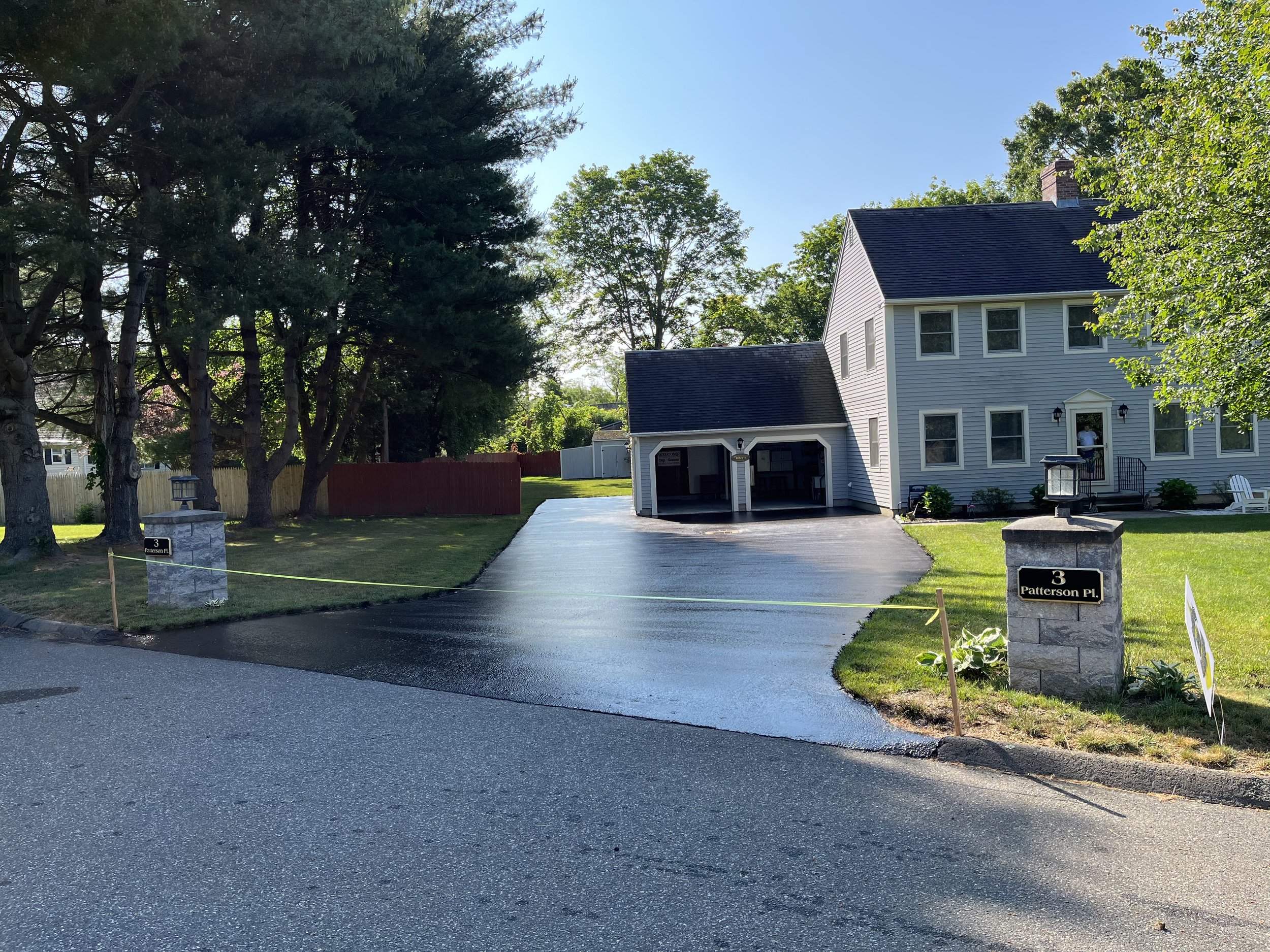Warm Mix Asphalt: A Sustainable Solution for Pavement
Warm Mix Asphalt (HMA) has emerged as a leading lasting choice for pavement remedies, providing a myriad of cutting-edge innovations and environmental benefits. As the need for green building techniques grows, discovering the nuances of HMA's sustainability can give useful insights right into the future of sidewalk options.
Environmental Benefits of Warm Mix Asphalt

Additionally, Hot Mix Asphalt aids to alleviate metropolitan warm island impacts. Its dark color soaks up sunshine, reducing the quantity of warm reflected back right into the ambience contrasted to lighter-colored pavements. This can decrease ambient temperatures in urban locations, decreasing the demand for cooling and inevitably reducing energy consumption.
On top of that, Warm Mix Asphalt contributes to enhanced stormwater administration. Its permeable nature permits water to infiltrate the pavement and reenergize groundwater products, reducing overflow and the threat of flooding. These ecological benefits make Hot Mix Asphalt a sustainable option for leading roads and freeways.
Energy Efficiency in HMA Manufacturing
Is energy efficiency a crucial consider the production of Warm Mix Asphalt (HMA)? Absolutely. Energy plays a substantial duty in the manufacturing of HMA, impacting both expense and environmental sustainability. One vital element of energy effectiveness in HMA production is making use of cozy mix asphalt (WMA) innovations (commercial parking lot paving). WMA enables for the blending and placement of asphalt at reduced temperature levels contrasted to conventional warm mix asphalt, resulting in decreased power usage during manufacturing. This procedure not just lowers fuel usage but additionally reduces greenhouse gas discharges, making it an extra eco friendly option.
In addition, improvements in plant modern technologies have resulted in even more energy-efficient HMA manufacturing procedures. Modern plants are created with features like recycled asphalt sidewalk (RAP) processing capacities, reliable heater systems, and boosted insulation, all contributing to energy savings. By optimizing energy usage in HMA manufacturing, the industry can reduce its carbon footprint while preserving top quality sidewalk products. Energy effectiveness is, therefore, a vital factor to consider in making certain the sustainability of Warm Mix Asphalt production.
Recyclability of Hot Mix Asphalt
The recyclability of Warm Mix Asphalt (HMA) is a crucial facet of its sustainability and long-lasting ecological influence. HMA is among the most recycled materials in the USA, with over 100 million lots of reclaimed asphalt pavement (RAP) being recycled yearly in new sidewalk construction. Reusing HMA provides a number of ecological benefits, such as decreasing the requirement for virgin materials, reducing energy intake during manufacturing, and reducing the quantity of waste sent to landfills.
The process of recycling HMA entails crushing the existing sidewalk, squashing it into smaller items, and blending it with brand-new aggregate and asphalt binder to develop a recycled mix. This recycled mix can commonly do in addition to or perhaps better than traditional HMA, while requiring fewer resources and generating lower greenhouse gas discharges. By integrating RAP into new sidewalk projects, roadway agencies can preserve natural deposits, lower expenses, and reduce the ecological footprint of roadway construction and upkeep activities. In general, the recyclability of HMA plays a considerable duty in promoting lasting methods within the sidewalk sector.

Long-Term Performance of HMA
Asphalt pavements show sturdiness and strength over a prolonged duration, mirroring the long-term efficiency of Warm Mix Asphalt (HMA) Additionally, developments in HMA technology, such as the usage of polymer-modified binders and cozy mix asphalt, have actually even more improved the toughness and longevity of HMA sidewalks. By prioritizing quality construction and maintenance methods, HMA proceeds to prove itself as a lasting and economical option for resilient sidewalk framework.

HMA: Longevity and Sustainability
Showing both resilience and sustainability, Warm Mix Asphalt (HMA) has come to be a foundation get redirected here in the building of long-lasting pavement facilities - commercial parking lot paving. HMA's longevity comes from its capability to stand up to hefty loads, rough weather, and high website traffic volumes, making it a trusted option for roadways, highways, and flight terminal runways. The structure of HMA, which typically includes aggregates, binder, and filler, plays an essential role in boosting its long life and resistance to put on and my blog tear
Furthermore, HMA's sustainability hinges on its recyclability and energy-efficient production process. The capability to recycle reclaimed asphalt pavement (RAP) in brand-new HMA mixes lowers the demand for virgin products and minimizes the ecological effect of pavement building and construction and maintenance. In addition, the power effectiveness of creating HMA depends on its lower mixing temperature levels compared to various other pavement products, resulting in decreased energy consumption and greenhouse gas discharges.
Final Thought
In verdict, warm mix asphalt (HMA) offers a lasting solution for pavement with its eco-friendly attributes. HMA's recyclability, energy effectiveness in manufacturing, and long-term resilience make it an environmentally friendly option for road building. By preserving natural sources, reducing waste, and lowering greenhouse gas exhausts, HMA plays an essential duty in advertising sustainability in facilities advancement. Its ability to alleviate urban heat island impacts additionally highlights its relevance in creating environmentally conscious and resilient sidewalk systems.
HMA is like this one of the most recycled products in the United States, with over 100 million heaps of recovered asphalt pavement (RAP) being reused every year in new pavement construction.The procedure of reusing HMA involves grating the existing sidewalk, crushing it right into smaller items, and blending it with brand-new aggregate and asphalt binder to create a recycled mix.Asphalt pavements demonstrate toughness and durability over a prolonged period, mirroring the long-lasting efficiency of Warm Mix Asphalt (HMA) Furthermore, advancements in HMA modern technology, such as the usage of polymer-modified binders and cozy mix asphalt, have actually even more enhanced the sturdiness and long life of HMA pavements. The ability to recycle recovered asphalt sidewalk (RAP) in new HMA mixes decreases the need for virgin materials and minimizes the environmental impact of pavement construction and maintenance.